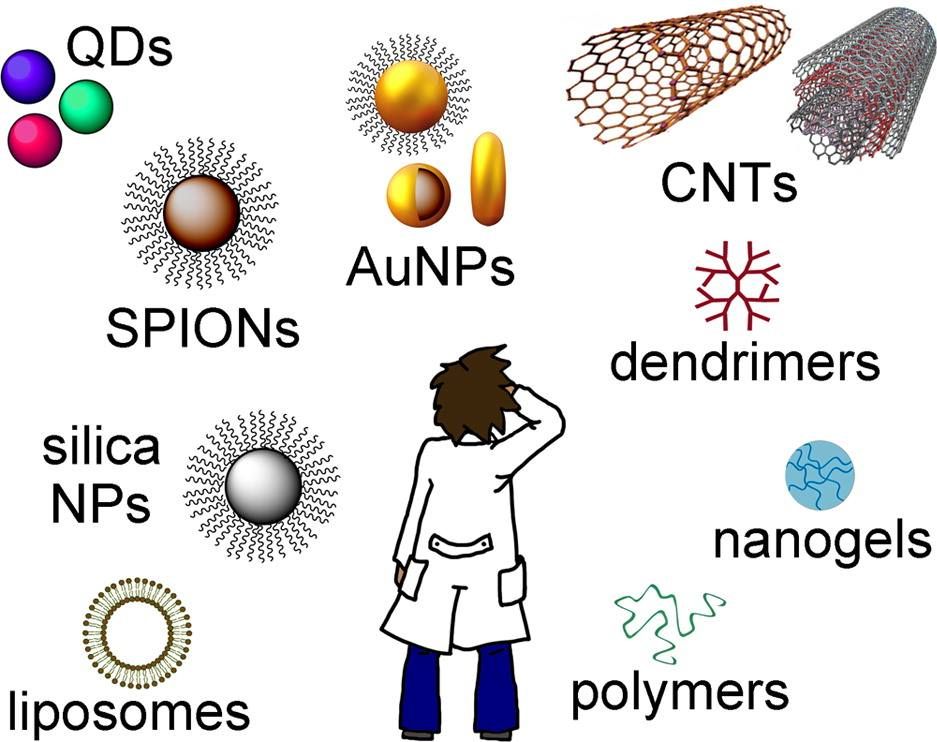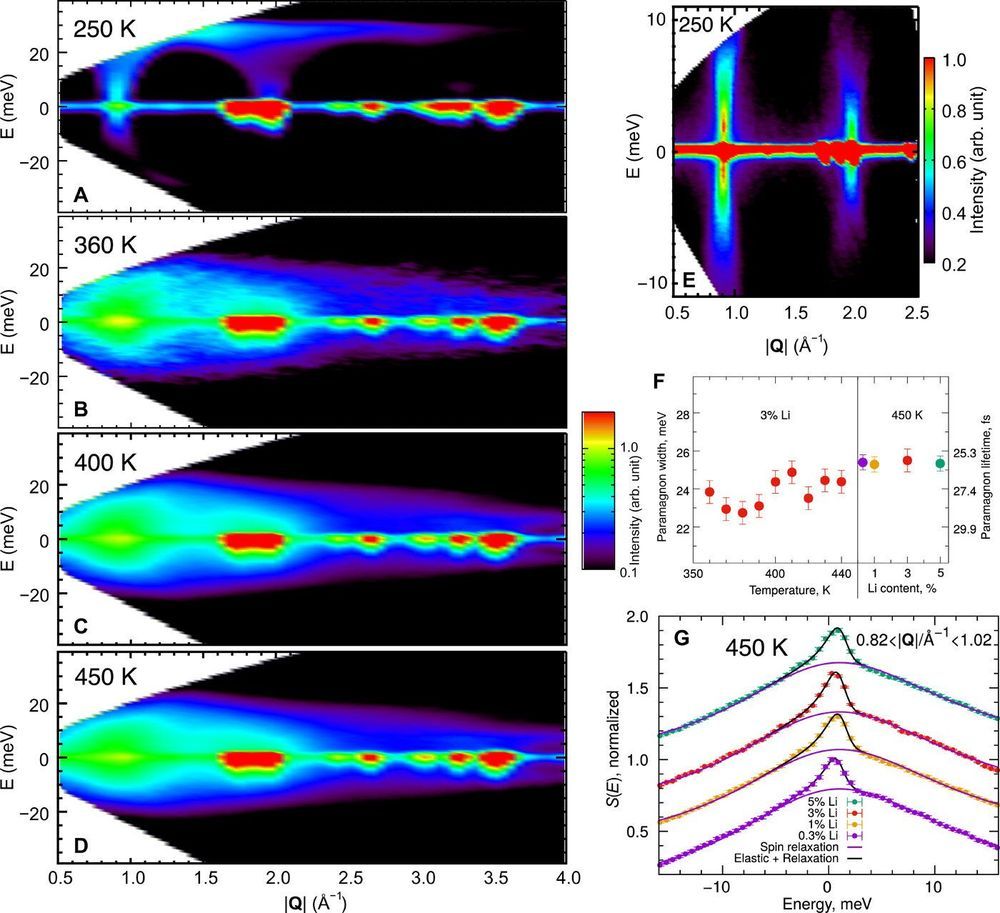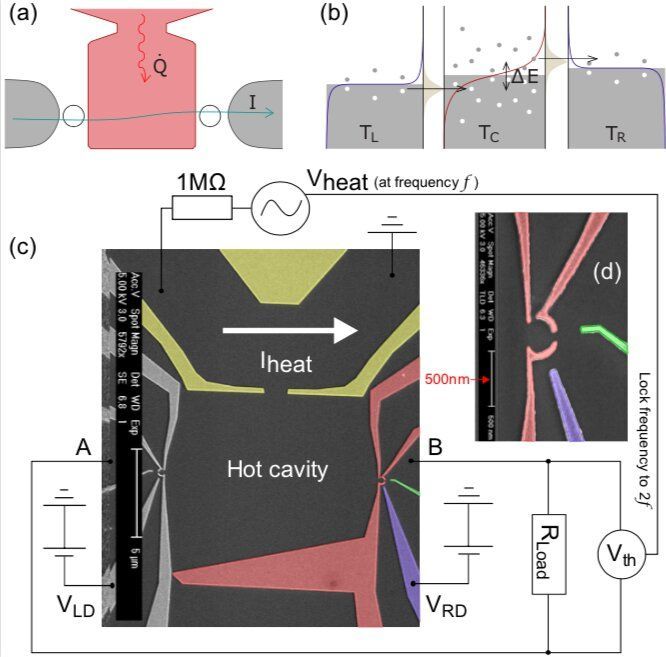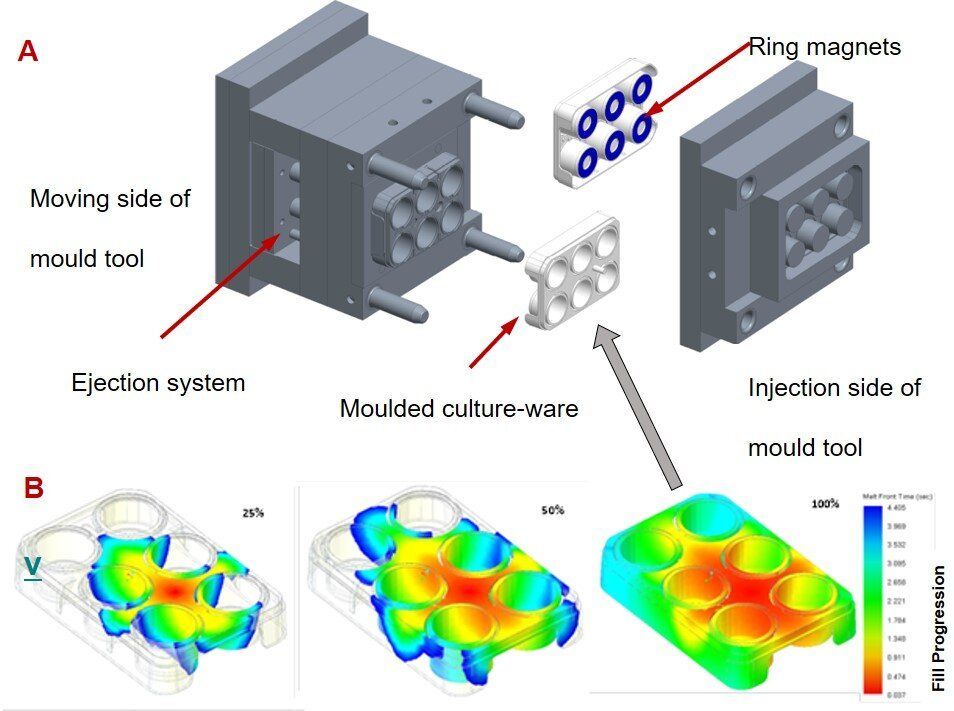Their initial discovery had seemed like a contradiction because most other polymer fibres embrittle in the cold. But after many years of working on the problem, the group of researchers have discovered that silk’s cryogenic toughness is based on its nano-scale fibrills. Sub-microscopic order and hierarchy allows a silk to withstand temperatures of down to −200 C. And possibly even lower, which would make these classic natural luxury fibres ideal for applications in the depths of chilly outer-space.
The interdisciplinary team examined the behaviour and function of several animal silks cooled down to liquid nitrogen temperature of −196 C. The fibres included spider silks but the study focused on the thicker and much more commercial fibres of the wild silkworm Antheraea pernyi.
In an article published today in Materials Chemistry Frontiers, the team was able to show not only ‘that’ but also ‘how’ silk increases its toughness under conditions where most materials would become very brittle. Indeed, silk seems to contradict the fundamental understanding of polymer science by not losing but gaining quality under really cold conditions by becoming both stronger and more stretchable. This study examines the ‘how’ and explains the ‘why’. It turns out that the underlying processes rely on the many nano-sized fibrils that make up the core of a silk fibre.







